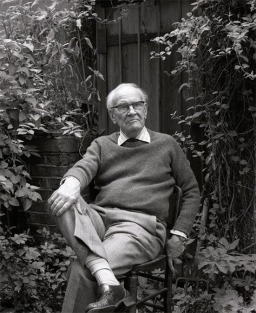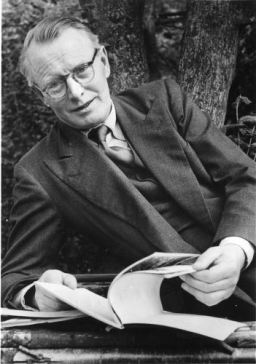August 2014
The August stories ordered solely on my personal tastes.
- ‘Bright And Morning Star’ by Richard Wright
- ‘Symbols And Signs’ by Vladimir Nabokov
- ‘The Chrysanthemums’ by John Steinbeck
- ‘Free Fruit For Young Widows’ by Nathan Englander
- ‘The School’ by Donald Barthelme
- ‘The Night The Bed Fell’ by James Thurber
- ‘My First Goose’ by Isaac Babel
- ‘The Wood Duck’ by James Thurber
- ‘The Secret Life Of Walter Mitty’ by James Thurber
- ‘The Fireman’s Wife’ by Richard Bausch
- ‘The Killers’ by Ernest Hemingway
- ‘In The Penal Colony’ by Franz Kafka
- ‘He’ by Katherine Anne Porter
- ‘The Rich Brother’ by Tobias Wolff
- ‘Lovers Of The Lake’ by Sean O’Faolain
- ‘First Love’ by Vladimir Nabokov
- ‘The Mysterious Kor’ by Elizabeth Bowen
- ‘Thirst’ by Ivo Andric
- ‘In Another Country’ by Ernest Hemingway
- ‘The Iron City’ by Lovell Thompson
- ‘Dusky Ruth’ by A.E. Coppard
- ‘The Odour Of Chrysanthemums’ by D.H. Lawrence
- ‘The Door’ by E.B. White
- ‘The Camberwell Beauty’ by V.S. Pritchett
- ‘The Fly’ by Katherine Mansfield
- ‘Christ In Concrete’ by Pietro di Donato
- ‘American Express’ by James Salter
- ‘The Piano’ by Anibal Monteiro Machado
- ‘The Greatest Man In The World’ by James Thurber
- ‘Men’ by Kay Boyle
- ‘A Couple Of Hamburgers’ by James Thurber









